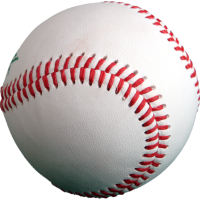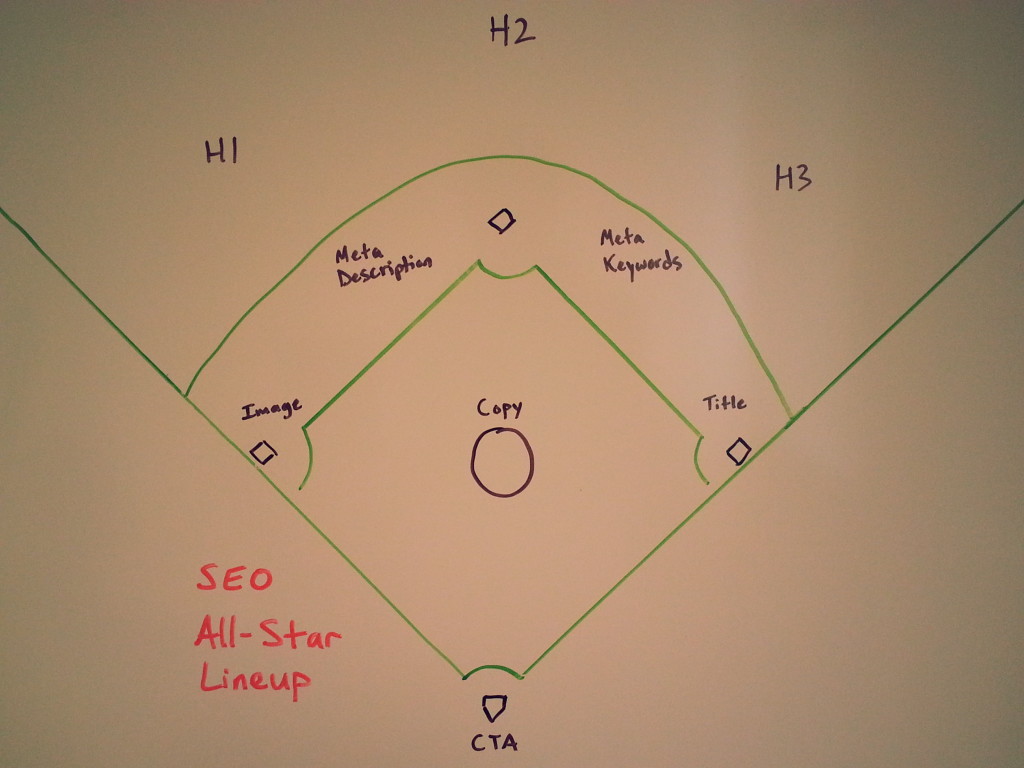 Many baseball fans will be turning their attention to tonight’s 2014 MLB All-Star Game, but your site and page anatomy deserve attention too. Wait, what’s the correlation between SEO and baseball?
Many baseball fans will be turning their attention to tonight’s 2014 MLB All-Star Game, but your site and page anatomy deserve attention too. Wait, what’s the correlation between SEO and baseball?
SEO is the art and science of combining code, content, and submission tactics to achieve higher search presence for targeted keywords. Baseball is the art and science of combining athleticism, talent, and game tactics to achieve a winning formula. Both require many players to be successful.
Put together a scouting report of your page anatomy and develop it into a valuable, optimized All-Star. Follow the rules and give search engines what they want – relevant content. As long as you deliver relevant content and well-organized code, the chances of establishing search presence will improve.
Copy
Content is king and will be the most important factor for a page’s success. Content is the ace pitcher who anchors a pitching staff. As the copy itself is what spiders are looking for, an All-Star page should contain 300-400 words of visible copy using target keywords that is useful to users. Provide them with valuable, meaningful information. It’s important to use multiple occurrences of a keyword as well as variations throughout the copy. Stuffing is not recommended, however.
CTA
Once the players hit the field, we expect them to play. Same goes for users who reach your page. Engage them! Sporadically wrap links (one link for every 80-100 words) around high-value keywords that point to other pages. Search engines can use the anchor text to determine what the destination page is about and apply link relevancy. Also consider buttons to request information or download an asset like an infographic or guide.
Title Tag
No more than 55 characters in length, a title tag declares the topic of the page to both the spider and the user, and appears in the menu bar of browsers and in search engine results. The keyword most important to the page topic should be placed as close as possible to the beginning of the title tag, as the tag will then carry more weight.
Meta Description Tag
Meta tags contain information about a page hidden in the source code header of an HTML file. While search engine algorithms have diminished their importance, meta tags are still read by spiders and are often visible in search results. The description tag should describe the content of the page in a couple sentences, no more than 150 characters in length. Incorporate two to four relevant keywords in concise messaging that engages the user.
Meta Keywords Tag
Also hidden in the source code, but not displayed to the user or in search results, the keywords tag is a list of 8-12 keywords relevant to the content of a page. Think of it as announcing your All-Star starting lineup.
Image with ALT Text
Ever see a baseball game brochure without any pictures? Doubt it. A wall of words is not very user-friendly, so incorporate unique imagery (not stock) and use ALT text so search engines can understand the content of the image. Keyword stuffing is discouraged.
H1
Header tags should be used to highlight the topic of the page as they provide search engine spiders with information that helps to qualify the subject matter. No page should have more than one H1, and this tag should include a relevant keyword and introduce the main topic of the page.
H2
While an All-Star page should contain just one H1, it can also contain multiple lower level headers known as H2 tags. These should be used to introduce subtopics and should also contain a relevant keyword.
H3
An H3 header tag should be used to introduce subtopics of the H2 subtopic in a parent-child structure. Again, these should also contain a relevant keyword if possible.






